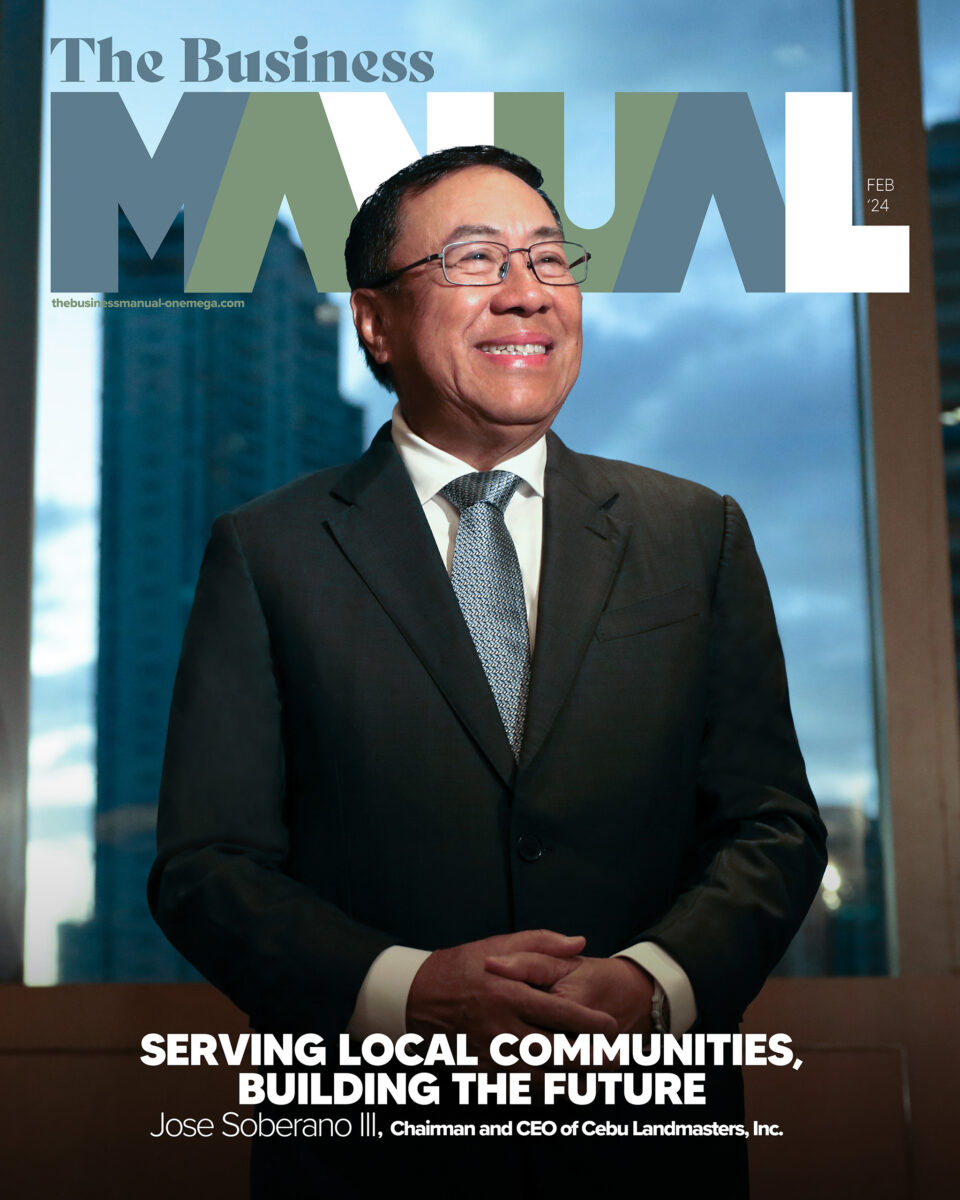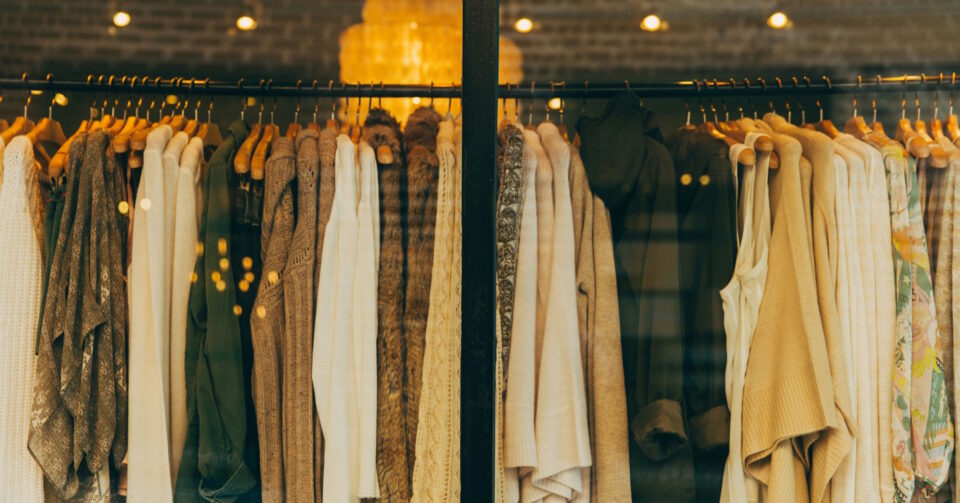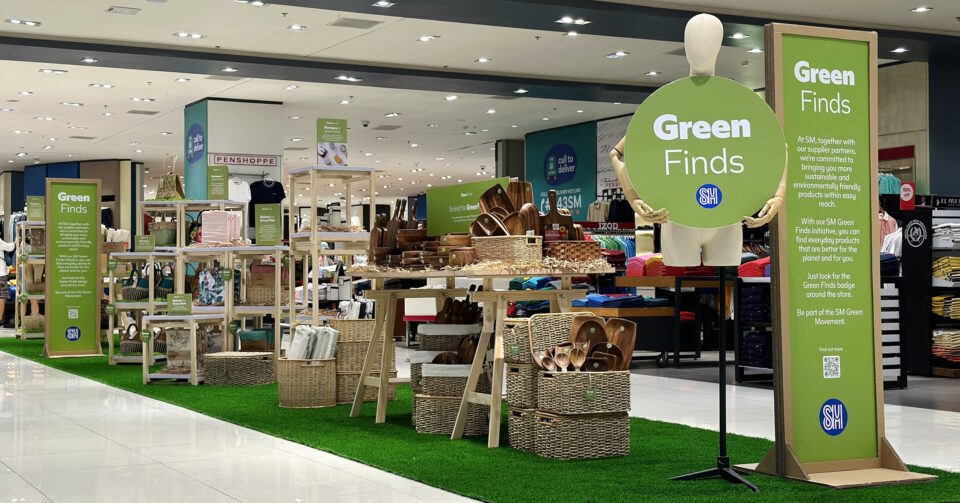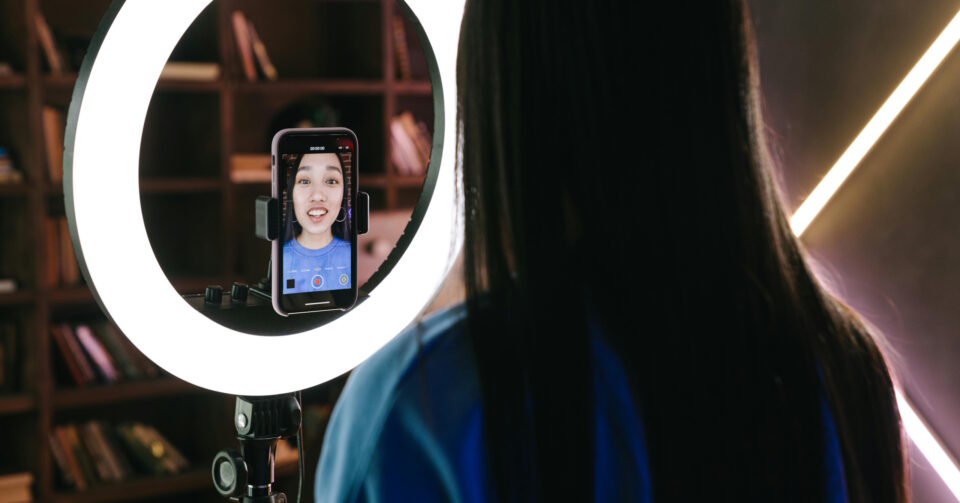[Ask TBM] How to Turn Your Art Into a Business
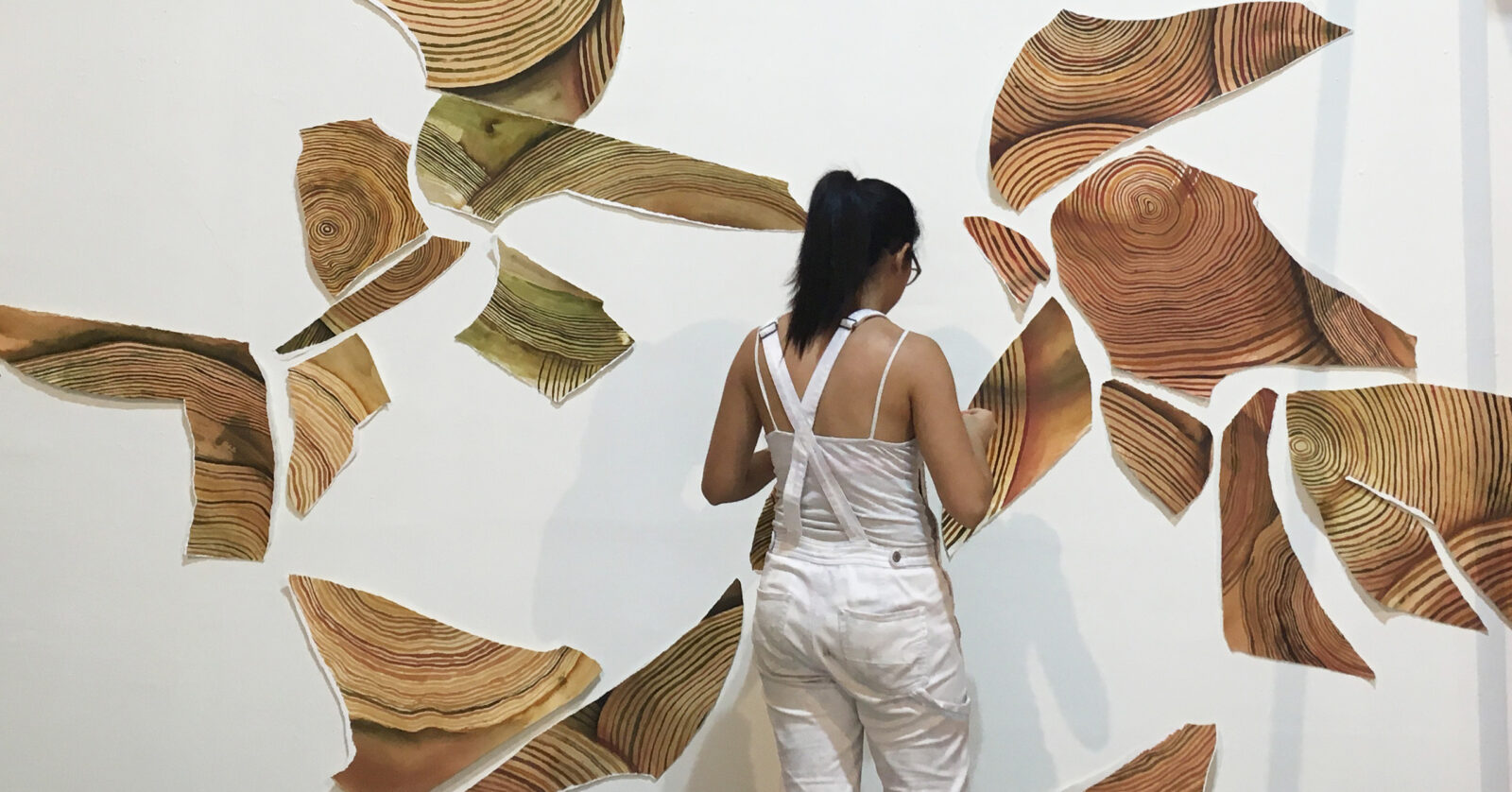
We asked three young artists about how they balance their personal style and client requests, price their artworks and turn their art into a business.
The arts are truly a lucrative business and with it come many opportunities to earn money. According to data from the Creative Economy Outlook released by the United Nations Conference on Trade and Development (UNCTAD) last 2018, creative businesses like crafts, film, new media, and design account for $3.23 million (around PHP176.29 million) in the country’s exports. Meanwhile, creative businesses account for $915 million (around PHP499.41 billion) in services!
With that being said, it’s no surprise that many artists have chosen to earn from their craft. However, the business side of art may be intimidating for young artists, especially those who do not know how to go about it.
How should an artist price an artwork? How should personal style and client requests be balanced? These are just some of the questions we asked three young artists: visual artist Faye Pamintuan; visual artist, printmaker, and art educator Gabi Nazareno; and painter, printmaker, and draftsman KR Rodgers.
How long have you been accepting commissions and/or partnering with galleries to sell your art? Through what platforms or avenues do you sell your work?
Faye: I have been part of shows with galleries since 2017. I started accepting commissions a year later in 2018, after my first solo show. I sell my works through galleries, private commissions, Instagram posts and stories, and sometimes through inquiries on my website.
Gabi: I have been accepting commissions and/or partnering with galleries to sell my art since graduating in 2017. I sell my work mostly through gallery exhibitions. I take on art-related projects in between, too.
KR: I’ve only just started selling my work and working with galleries in July this year. I started marketing my work through Instagram because of the ease of use and visual nature of the app and, alternatively, I am hoping to further develop my Facebook page, TikTok, and Twitter. I also plan on setting up a booth at conventions and hopefully at art fairs.
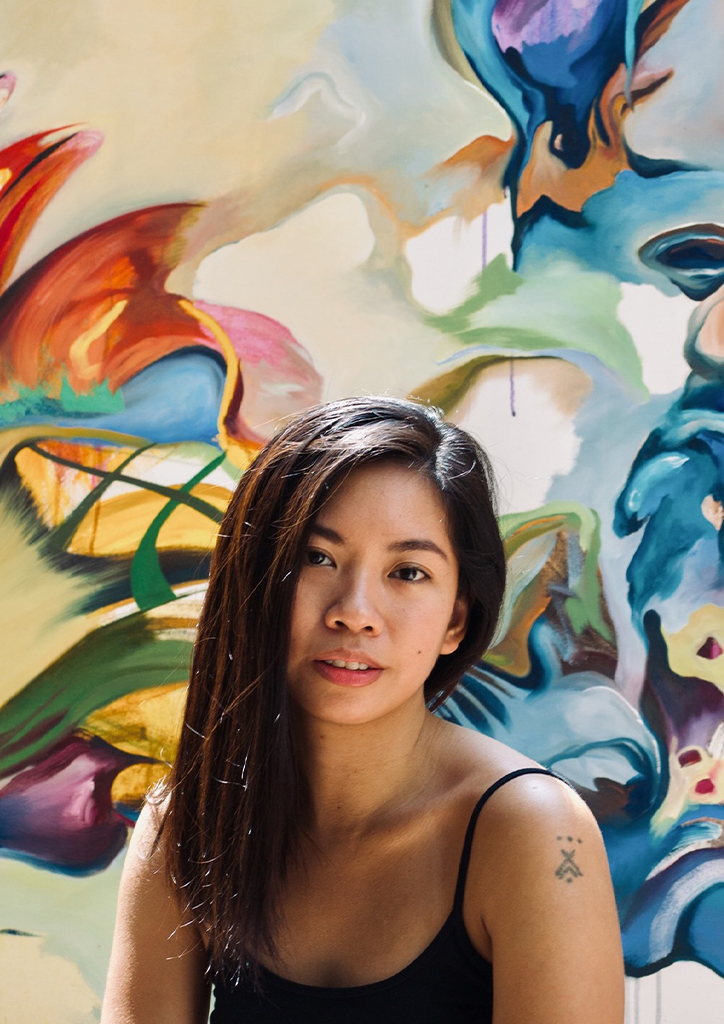
How do you gauge the price of your work?
Faye: The price of my work is determined by the size, medium, and idea or concept behind the work. I price my pieces based on a unit price per square inch and depending on whether it is done in oil on canvas or watercolor on paper.
Gabi: I gauge it based on [the] awards garnered, time spent actively participating in art exhibitions, and time spent conceptualizing and creating the actual work.
KR: I price my work depending firstly on the materials, food, and overhead costs for the work. Second is the cost of labor per hour for production and marketing. [The] third is the artist fee, which is how I value my work. I value my work with the skill and standard I hold my artwork to.
I also put into consideration the time spent conceptualizing and reading. This pricing system ensures the work and labor are compensated and I will have enough sustenance until and for the next project.
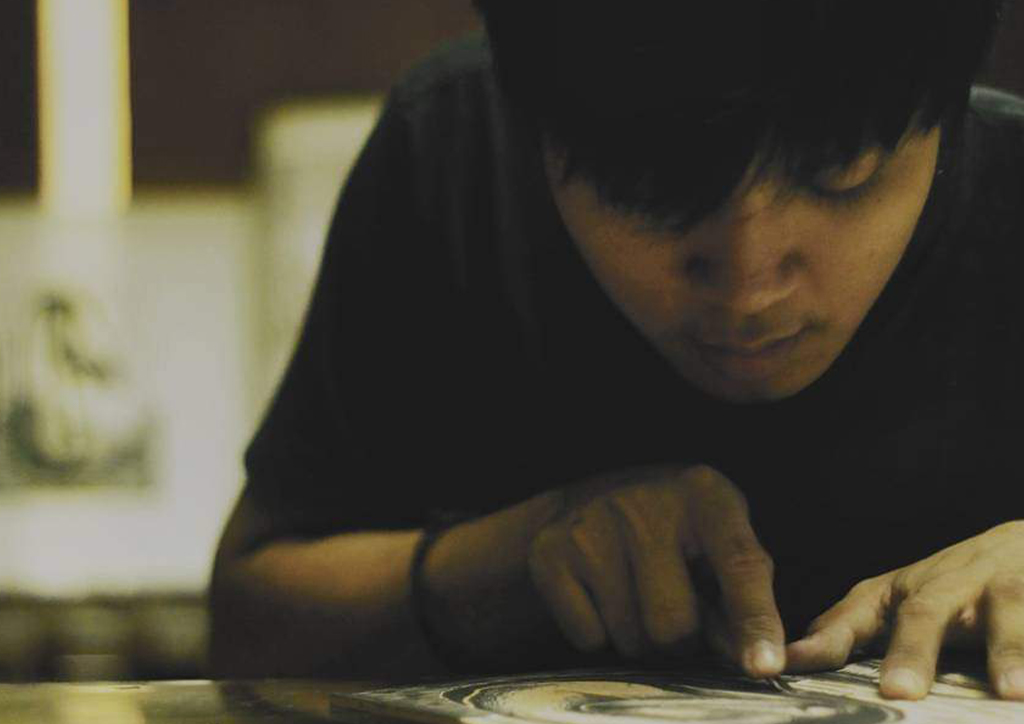
How do you deal with balancing clients’ requests and your personal style, given that in some cases, the two don’t align?
Faye: I am very upfront and honest with clients based on my strengths and weaknesses when it comes to [doing] a painting. So far, most of the projects that I’ve undertaken align with how I work and with my style.
During the times [when] I have a vision for a piece and it does not align with the client’s vision, I will interview them and ask them more questions so I can understand what they are looking for and then offer edits. I see commission pieces as a collaboration between me and the client, so it’s a different playing field compared to my other pieces.
If my portfolio of works and their vision really do not align in the beginning, I will usually recommend another artist’s work and portfolio that can execute their vision better.
I also provide the clients with small studies with each commission just so that the client and I are on the same page before I start on a piece. I also remind them that due to the intuitive nature of my work, the study is only a jump-off point for the piece and will not be exactly like the final piece. So far I have not had much difficulty with clients because they ask me specifically for the style of the work that I do.
Gabi: I only say yes to commission work or projects that resonate with me and I am upfront with clients about what kind of work I do. When client requests are far from what I usually create, I redirect them to fellow artists whose output aligns with the client’s vision.
KR: I find that negotiation and communication are key in balancing requests as well as my own personal style. For me, it is important to make the work that is my own interpretation and that the concept is not spoonfed to me. It makes the work more organic and natural.
Colors and small details are often more acceptable for me to yield to since they are just minor changes. I still try to keep an open mind and am always open to ideas—besides the point is also to make work that makes both me and the client happy.
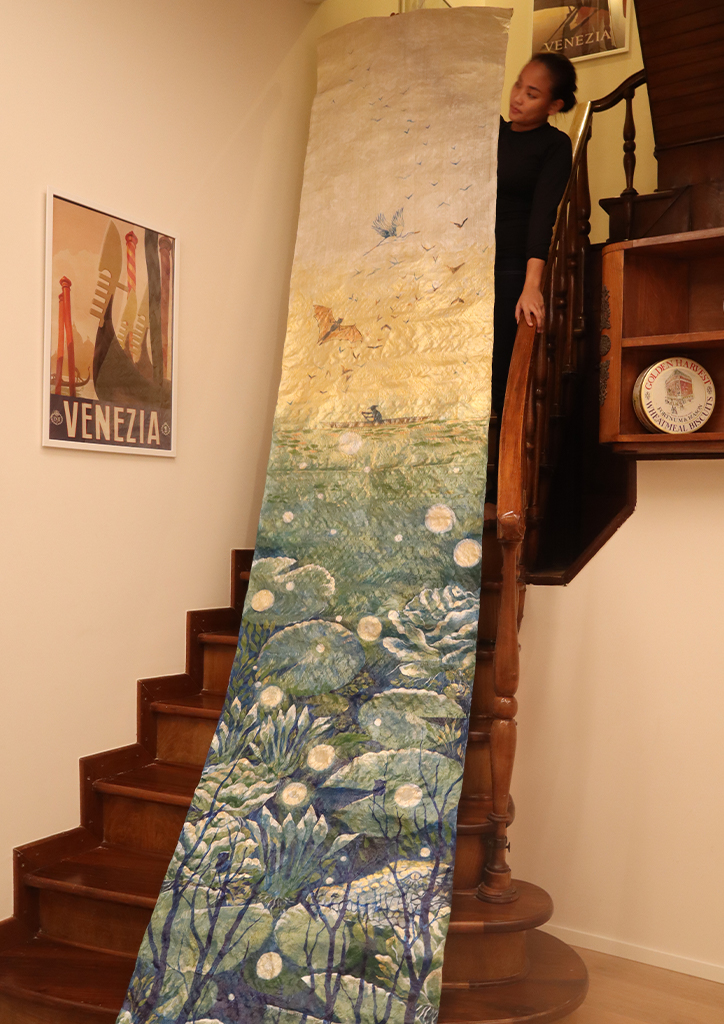
Any practical tips and advice for fellow artists who want to try selling their work?
Faye: What has helped me [is] to really be honest with myself. The quality and the final image of the piece that leaves my studio [should be] the quality that I would want [for] myself and would want to hang in my home. If I personally would not hang and keep the piece for my own collection, then the piece is not finished and cannot leave my studio.
The quality of the work has to come first because I find it so easy for an artist to cater to other people’s wants and needs. But the first one that should be fulfilled is yours. That way, you can be confident about your own work and your practice.
[Next is] to post and post and share your pieces on multiple platforms and avenues because you never know who will resonate and relate to your work. I get really sad when I love an artist’s work and want to show them off in a way and recommend them to family and friends, but they [themselves] don’t post or share their body of work, so I have no way of sharing their work visually.
[Personally], I am really grateful to the community of artists that I have around me because the first supporters and fans of your pieces are the people closest to you, so they are also helpful in selling and getting people to know about your work.
[And finally], I think it’s also really important to accept and understand the business side of an artist’s career because I find a lot of artists often disregard or brush this off to the side. I often tell my friends that you can’t paint as much if you have no food on the table to nourish you. Learning practical skills such as accounting, bookkeeping, and marketing also should be a tool for an artist to use for their own career and practices.
Gabi: Create from a place of sincerity, and the money will follow.
KR: Try to find your own niche. Find your own voice in your artwork and also make some that cater to a broader audience to some extent. This will make it a little easier to entice and introduce your buyers to your work.
Also, make it a point to document and share your work as best as you can! And try to find like-minded people like a group or community you can work and grow with. It is also important to get your art out there, so try showing your work to galleries, doing pop-ups, and putting up a booth at conventions—anything to get your art out there.
